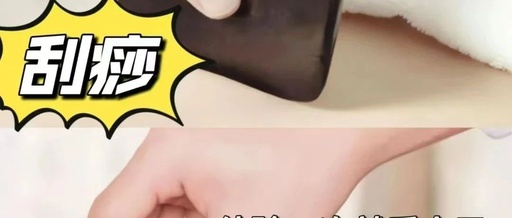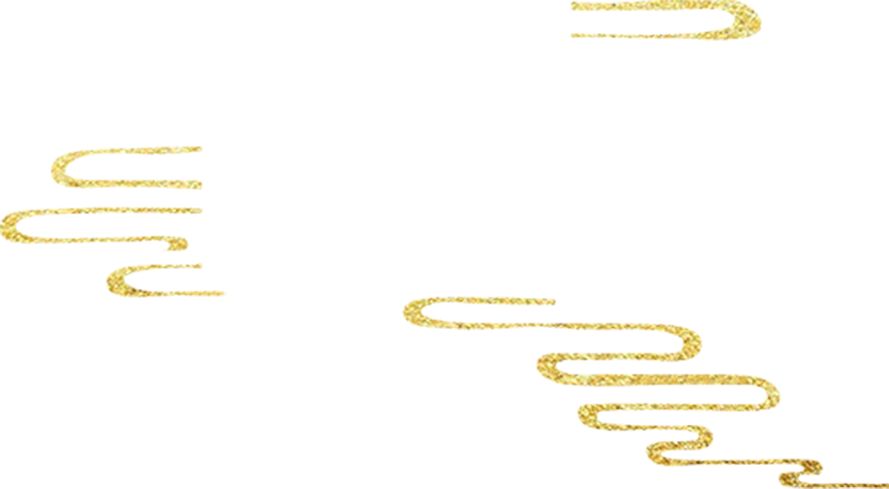
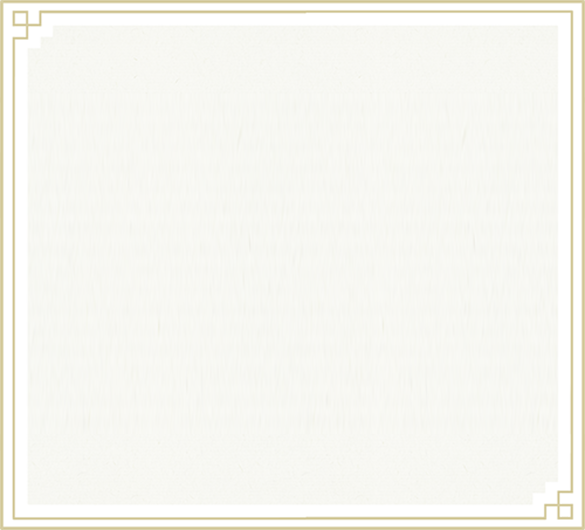
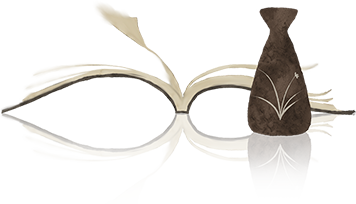

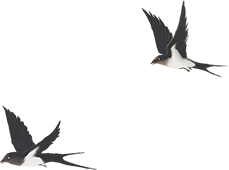
Gua Sha: The ‘Master of Unblocking’ for the Body
1. What is Gua Sha?
Gua Sha is a traditional Chinese medical therapy that involves the use of specialized tools (such as buffalo horn, jade, or copper Gua Sha boards) to scrape the surface of the body at acupoints, meridians, and areas of pathology, aiming to prevent and treat diseases and regulate the body.
2. History of Gua Sha
The history of Gua Sha can be traced back to the Paleolithic era, where its early form involved simple scraping with tools like Bian stone and bone needles. The “Huangdi Neijing” (Yellow Emperor’s Inner Canon) contains records of Sha disease, and Gua Sha therapy is detailed in TCM literature over two thousand years ago, gradually developing into a mature external treatment method in TCM.
3. Choosing Tools
Commonly used Gua Sha tools include buffalo horn Gua Sha boards, jade Gua Sha boards, and copper Gua Sha boards.
Preparation Medium:
During Gua Sha, it is necessary to apply Gua Sha oil, petroleum jelly, or water on the skin to reduce friction.
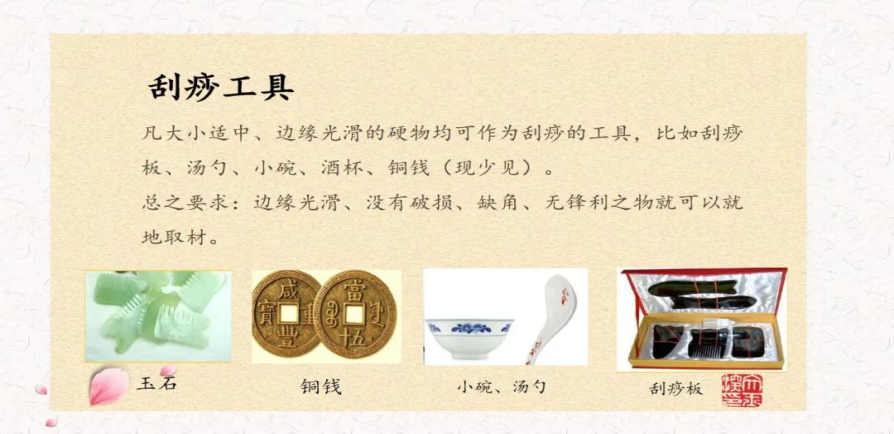
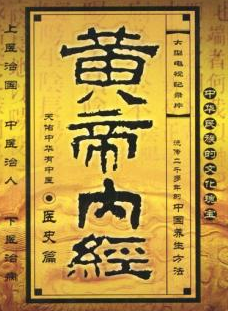
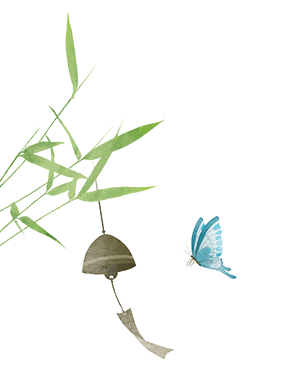
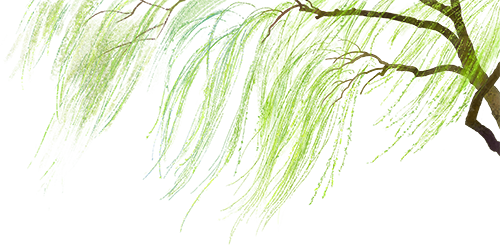
4. Principles of Gua Sha
1. Unblocking Meridians: Gua Sha stimulates the meridians on the body surface, unblocking them, promoting the flow of Qi and blood, and alleviating pain.
2. Activating Blood and Resolving Stasis: Gua Sha can enhance local blood circulation, dispersing blood stasis and improving the nutritional supply to local tissues.
3. Detoxification: Gua Sha helps expel toxins and metabolic waste from the body by dilating blood vessels and promoting blood circulation.
4. Enhancing Immunity: Gua Sha stimulates specific areas of the body, regulating organ functions and enhancing the body’s resistance to disease.
5. Beauty and Skin Care: Facial Gua Sha can promote blood circulation in the face, improve complexion, and reduce wrinkles and pigmentation.
5. Modern Applications of Gua Sha
(1) Gua Sha on the Head and Face
The history of facial Gua Sha can be traced back to the ancient TCM practice of “Bian Shu”. Historical records indicate that as early as the Tang Dynasty, beauty-conscious women used ramie for Gua Sha therapy. During the Yuan and Ming Dynasties, facial Gua Sha became extremely popular, and by the Qing Dynasty, it was detailed in works such as “Theoretical Parallel Texts”. The head, being the highest part of the body, has concentrated meridians and numerous acupoints, where the Qi and blood of the body’s meridians all ascend to the head and face, with three Yang meridians from the hands and three Yang meridians from the feet converging at the head, hence the head is referred to as the “Meeting of All Yangs”.
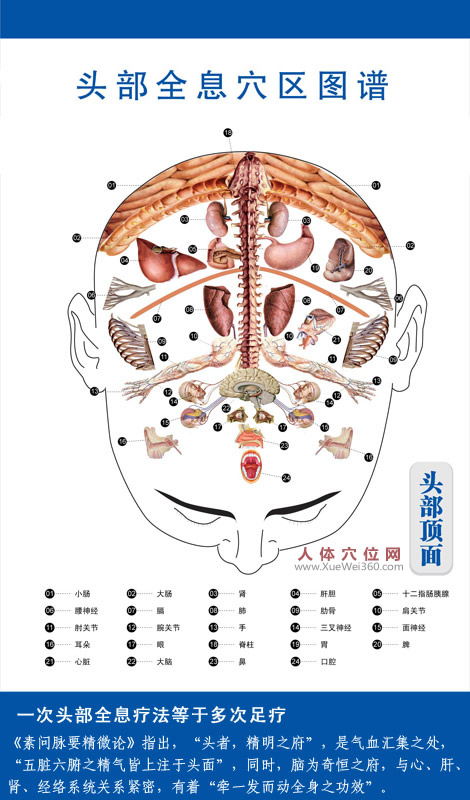

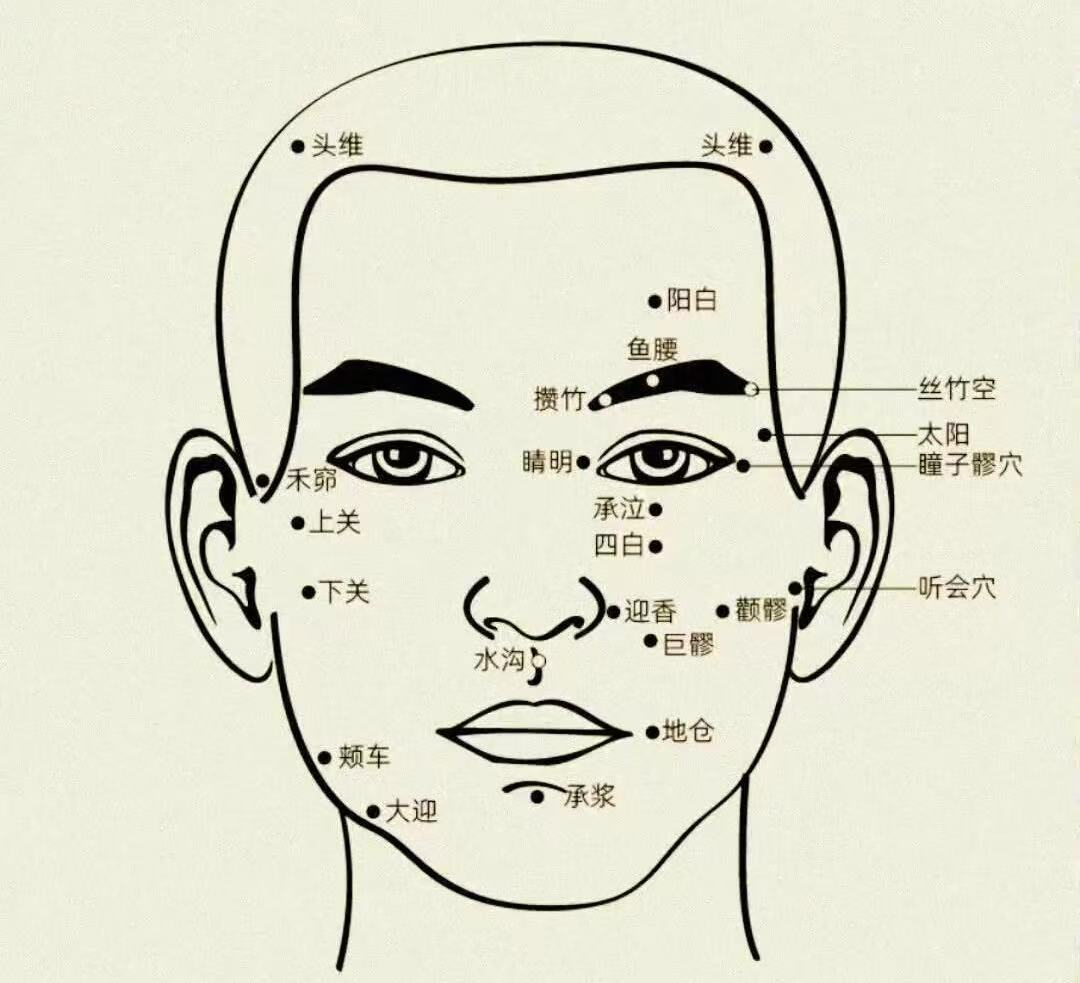
(2) Gua Sha on the Ear
The theoretical basis comes from TCM meridian theory and holographic theory. TCM believes that the ear is a convergence point of the body’s meridians, and all meridians are closely related to the ear. As early as the “Huangdi Neijing”, there are records of using ear acupoints to assess organ functions and prevent and treat diseases. Used for conditions:
1. Constipation
Main Points: Spleen, Lung, Large Intestine, Sigmoid Colon, San Jiao, Stomach, Abdominal Distension Area, Cortical Subpoints, etc.
Supplementary Points: Shenmen, Liver, Anus, Ear Apex, Liver, etc.
2. Insomnia
Main Points: Shenmen, Heart, Endocrine, Cortical Subpoints, Occipital, etc.
Supplementary Points: Liver, Gallbladder, Spleen, Kidney, etc.
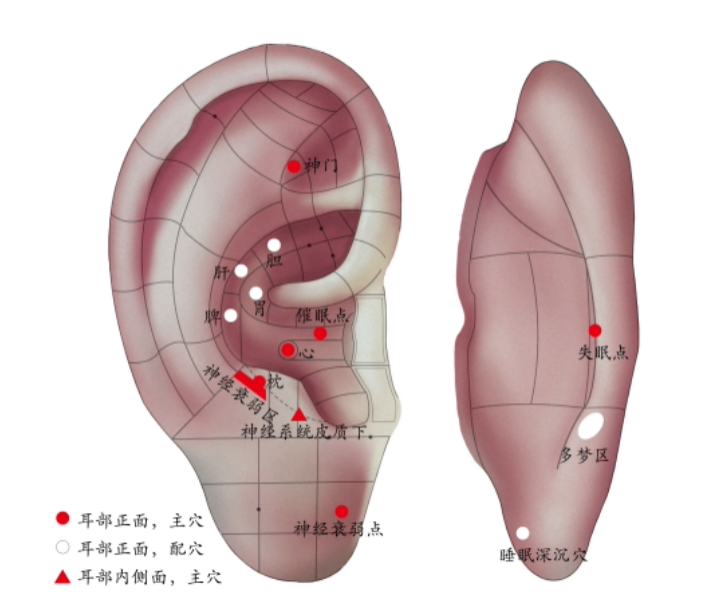

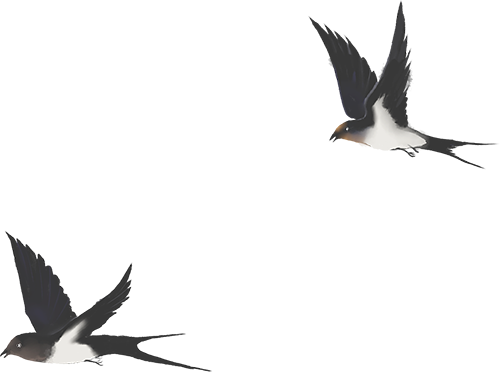
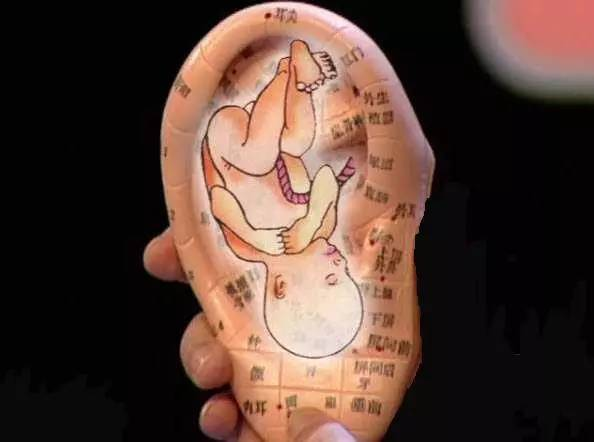

Contraindications of Gua Sha

1. Skin Damage or Inflammation: Areas with wounds, inflammation, or ulcers are not suitable for Gua Sha.
2. Hemorrhagic Diseases: Patients with thrombocytopenia, hemophilia, etc., should avoid Gua Sha.
3. Pregnant Women and Women During Menstruation: Pregnant women’s abdomen and lower back should not undergo Gua Sha, and women during menstruation should avoid it.
4. Extremely Weak Individuals: People with extremely weak constitutions should not undergo Gua Sha.
5. Post-Surgery or Unhealed Wounds: Areas post-surgery or with unhealed wounds are not suitable for Gua Sha.
6. Areas with Varicose Veins or Blood Stasis: Gua Sha in these areas may worsen symptoms or should be done under medical advice.
6. Post-Gua Sha Precautions
1. Keep Warm and Avoid Wind: After Gua Sha, the skin’s pores are open and susceptible to cold; it is important to stay warm and avoid direct wind.
2. Avoid Immediate Bathing: Avoid cold showers within 24 hours after Gua Sha; it is recommended to bathe with warm water.
3. Light Diet: After Gua Sha, avoid raw, cold, spicy, and irritating foods; choose mild and easily digestible foods.
4. Drink Plenty of Water: Drink warm water after Gua Sha to promote metabolism and detoxification.
5. Avoid Intense Exercise: Avoid intense exercise immediately after Gua Sha; the body needs time to recover.
6. Observe Body Reactions: If discomfort occurs after Gua Sha, such as dizziness or nausea, rest immediately and consult a doctor.

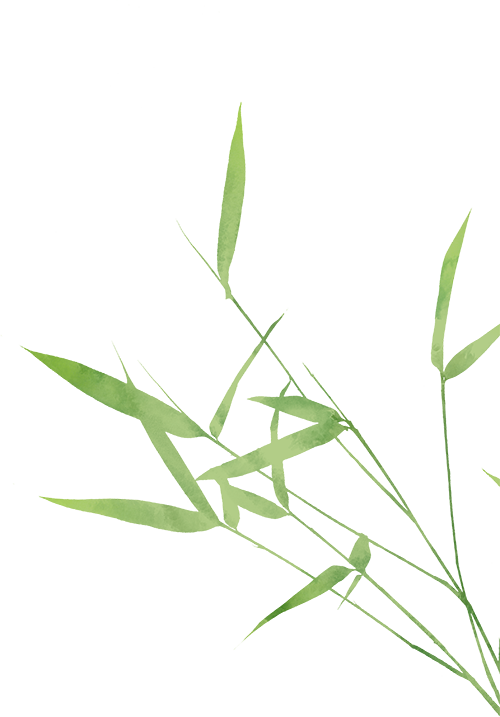
Image source from the internet, please contact for removal if there is any infringement.

